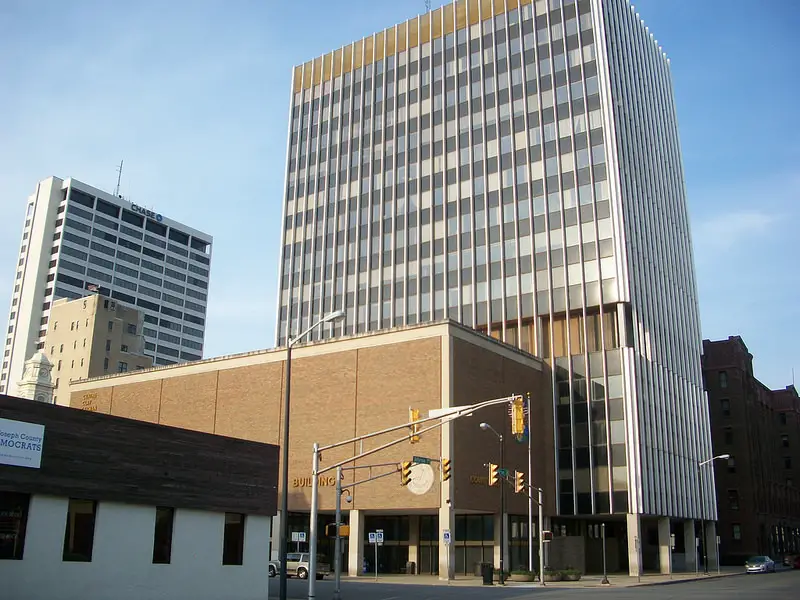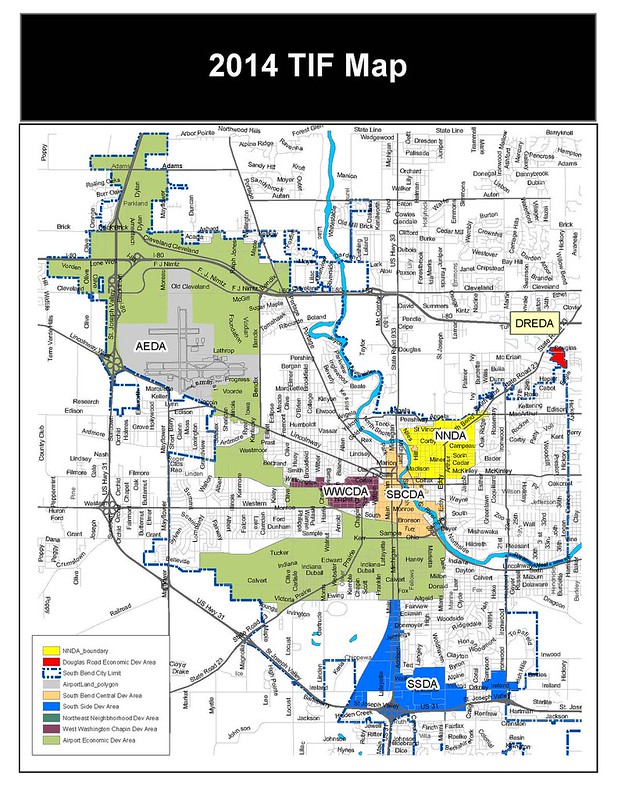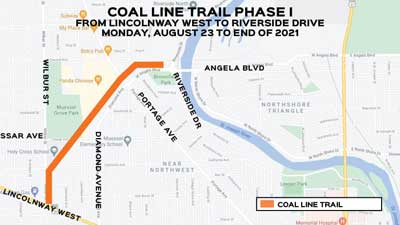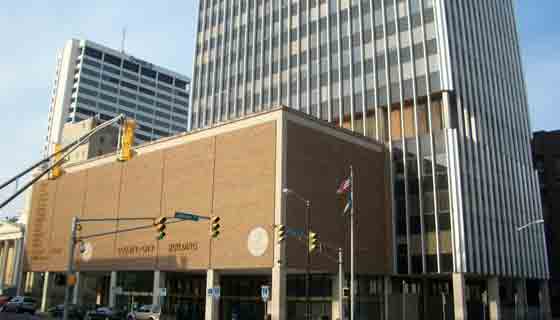Changes are coming to South Bend’s tax increment financing (TIF) districts. The districts are a special taxing area where property tax revenue growth is diverted into a separate fund specifically for supporting economic development. The city plans to realign its six current districts into three.
The reorganization is precipitated by a new state law passed in March. Under the old law, TIF districts created before 1995 had no expiration. Cities were able to amass tens of millions of dollars, diverting tax revenue from other taxing units such as school districts and libraries. TIF districts have come under attack from critics as mayoral slush funds.
“Mayors figured out they could create a cash cow that gave them millions of dollars to spend at their discretion,” says Dave Varner, a member of the South Bend Common Council.
The new law requires districts created before 1995 to expire in 2025 or when debt service is retired. Those created after either have a 25 or 30 year expiration date. The city can still add new debt to the pre-1995 legacy districts until next July. Most projects involve ten year bonds anyway, so these TIFs are likely to expire in 2025 unless a major project gets underway within the next year.
“We’re trying to get back to the original purpose of tax increment finance,” state Sen. Pete Miller (R-Avon), an author of the legislation, explained. “The intent is that you are enabling the creation of assessed value that otherwise would not have occurred.”
According to the city, South Bend’s reorganization means that “TIF Districts will focus resources on strategic priorities, which include redeveloping the Lincolnway West and Western Avenue corridors, the Jefferson Boulevard/Eddy Street South corridor, as well as creating jobs and new development at Ignition Park and several industrial zones throughout the city.”
The city’s elimination of three of its six districts (see maps at bottom of page) is somewhat misleading. For instance, the Central Development Area is being consumed by the much larger Airport Economic Development Area. This district will add new territory along Lincolnway — connecting the airport and downtown. The city is also adding a large swath of Western Avenue and surrounding streets.
“There’s been a push to finish the gateways into the city,” Chris Fielding, the Assistant Executive Director with the Department of Community Investment told the South Bend Voice.
The city hopes to make investments along Lincolnway and Western Avenue in order to stabilize the neighborhoods and improve the commercial climate in these main arteries into the city.
“The strategy needs to go beyond beautification,” Jitin Kain, director of planning for community investment, told WNDU in April. “If we beautify a space where there are no market conditions, the beauty goes away in just a few years. We have to be strategic.”
The boundaries of the New Northeast Neighborhood District are unchanged other than an expansion into the Howard Park area and south all the way to Twyckenham. Fielding explains that the city wants to be prepared as that burgeoning part of the community undergoes redevelopment.
For instance, the current Northeast Neighborhood District includes only two-thirds of the former Transpo site that has just been announced for new housing units. The city hopes to expand its TIF district into this area to cover the whole site for potential infrastructure improvements.
Fielding says that the city has invested heavily along the river in recent years and expects future private investments to continue in this underdeveloped part of the city. While the city does not have any short-term plans along Northside Boulevard, it may consider raising the grade of the road if an enticing development were to occur in the future — in order to prevent flooding along the river.
The city says that it wants to have the pieces in place for future development as Indiana’s new law puts a timer on the existence of its TIF districts, noting that changes to TIF boundaries are not an easy process.
“It’s not easy at all,” Fielding says of the 6 to 8 month process. “It involves engineers, accountants, lawyers… It’s time-consuming, it’s expensive.”
The issue goes before the Redevelopment Commission and the Area Plan Commission. If it wins approval there, it will go before the Common Council at its September 22 meeting.
————












